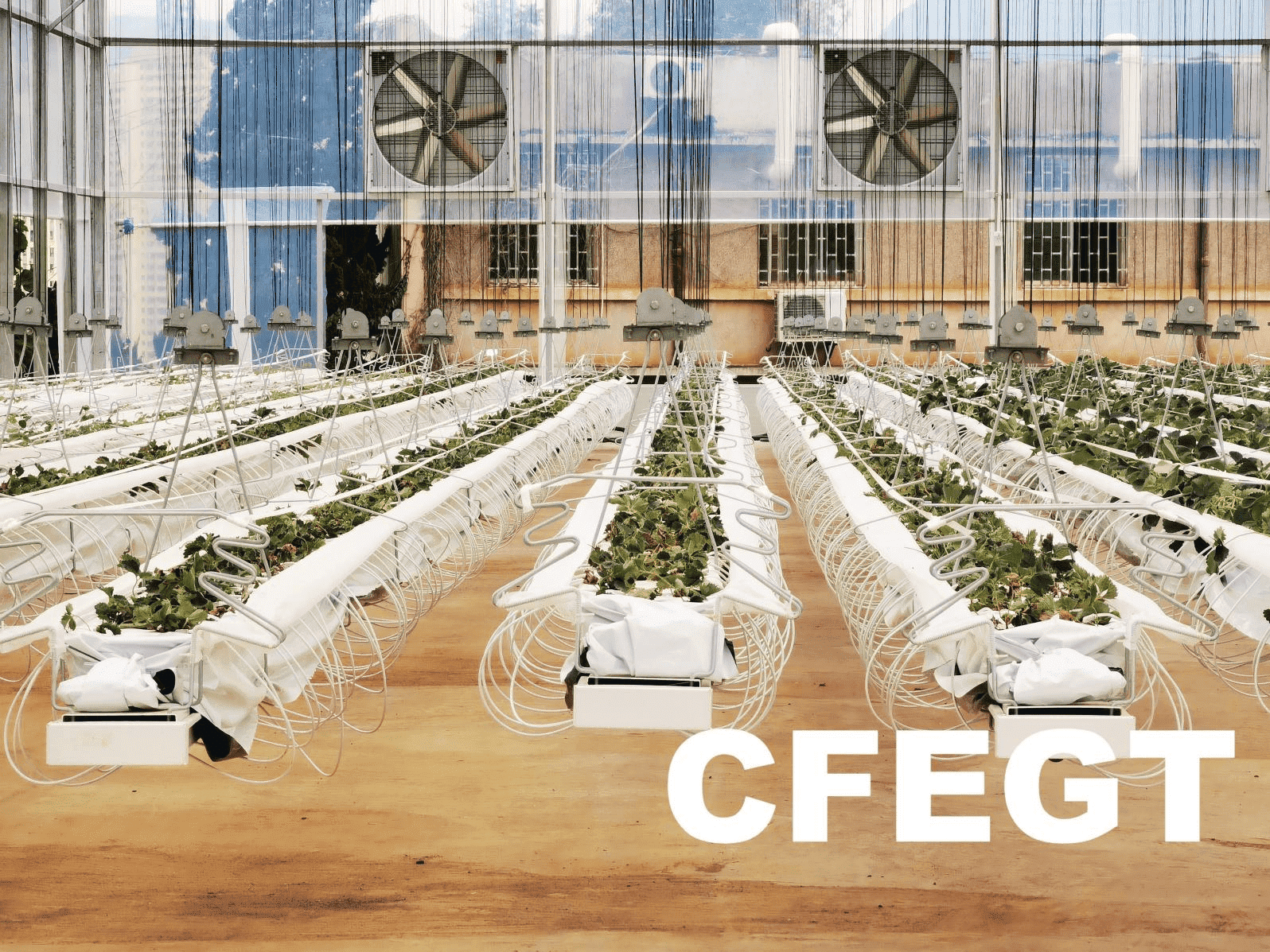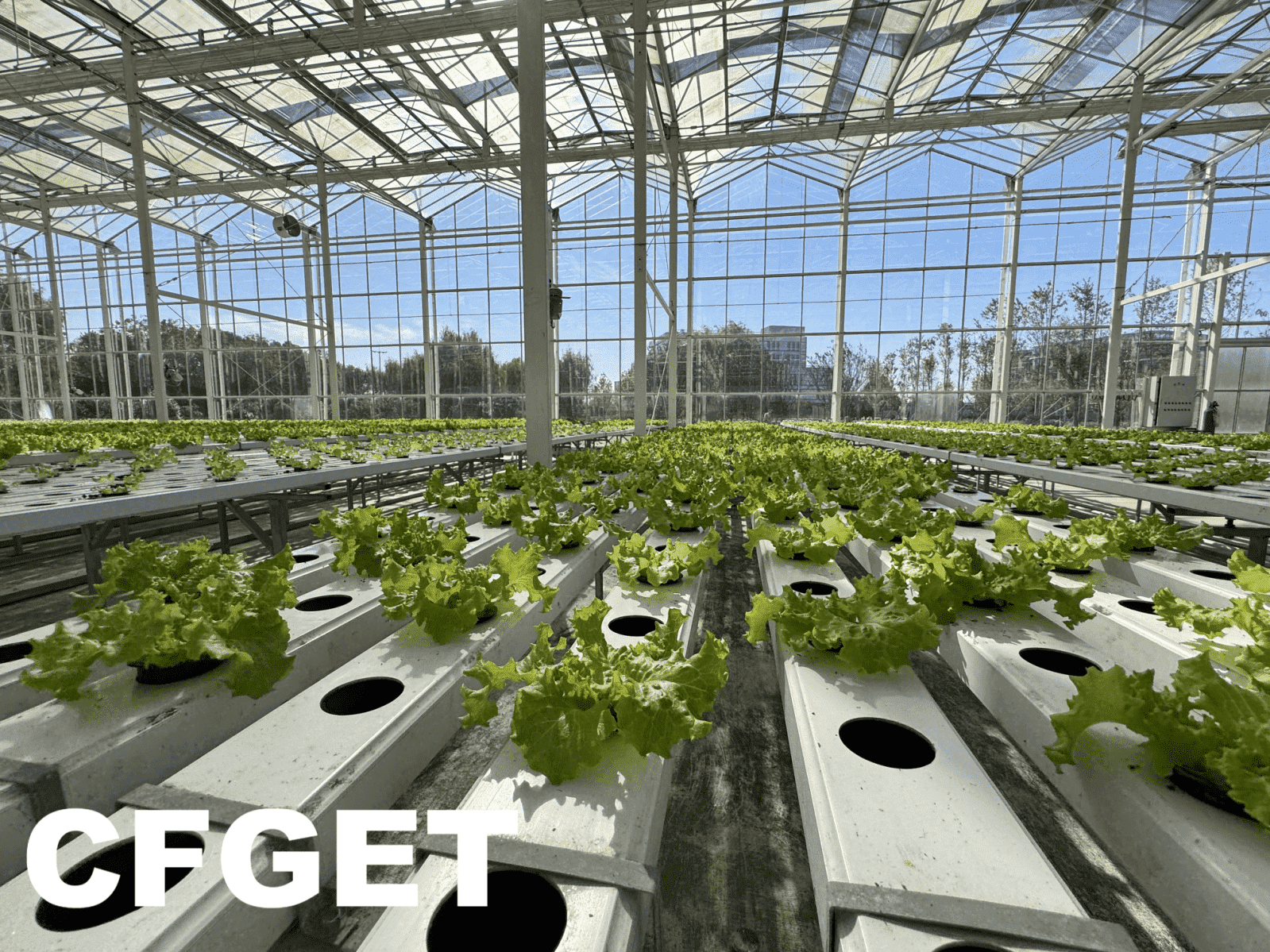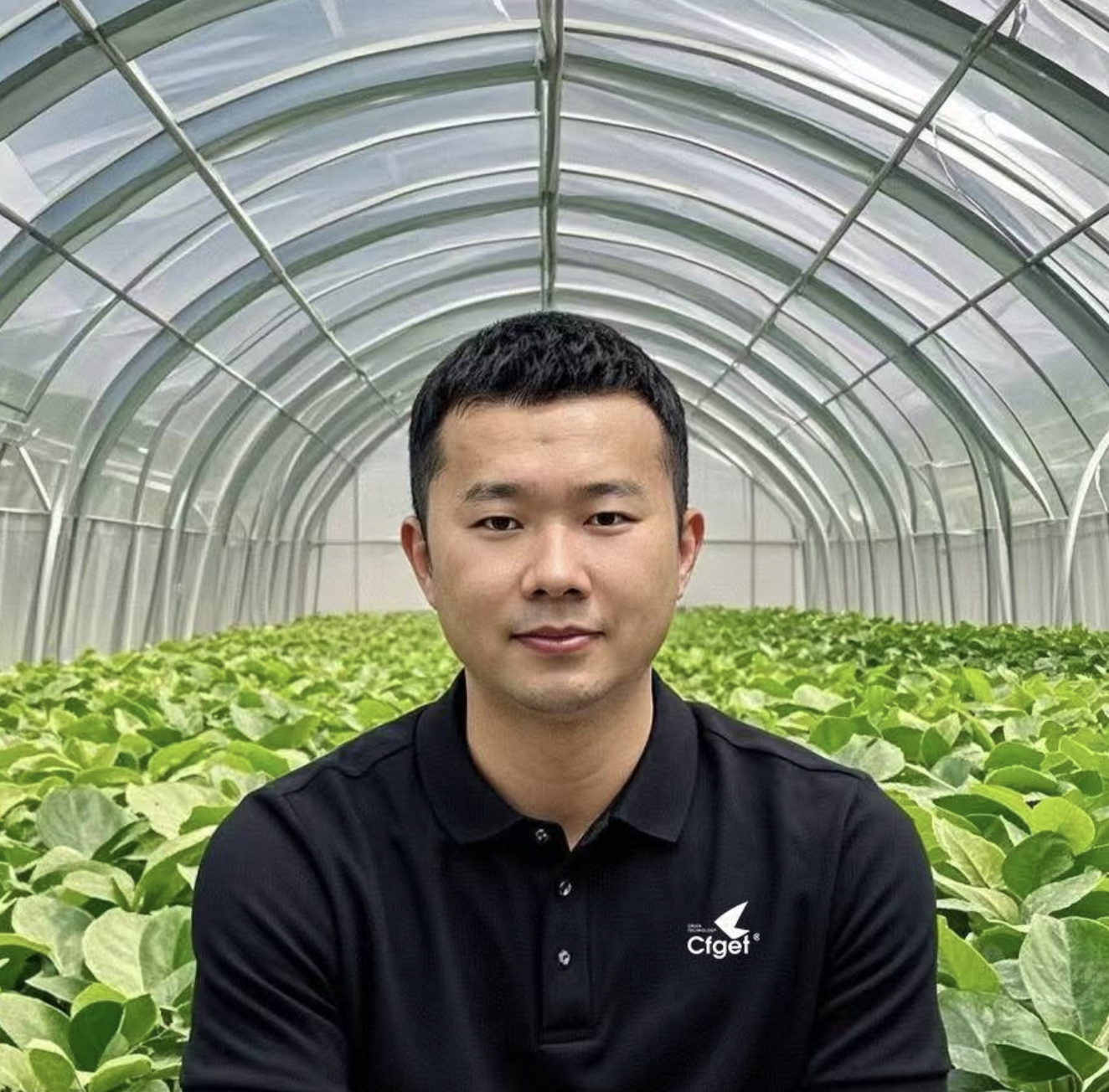Soilless cultivation, which does not rely on natural soil but uses substrates or nutrient solutions to provide the nutrients and water needed for crop growth. This advanced planting technology is gradually becoming the focus in the field of modern agriculture and attracting the attention of many growers. There are various methods of soilless cultivation, mainly including hydroponics, aeroponics, and substrate cultivation. Hydroponics immerses the crop roots directly in the nutrient solution. The nutrient solution is like a source of life, continuously supplying nutrients and water to the crops. In a hydroponic environment, the crop roots can fully absorb the necessary nutrients, and the growth speed is accelerated. Aeroponics uses spray devices to atomize the nutrient solution. The delicate mist droplets are like light elves, surrounding the crop roots and providing nutrients and water. This method enables crops to obtain nutrients efficiently and also increases the breathability of the roots. Substrate cultivation adds nutrient solution to a specific substrate. The substrate is like a warm home for crops. It can adsorb and preserve the nutrient solution and provide a stable growth environment for the crop roots. Different soilless cultivation methods have their own characteristics, and growers can choose according to the actual situation.

Advantages of soilless Cultivation
*Saving Land Resources
In an era when land resources are increasingly tense, the emergence of soilless cultivation brings new hope for agricultural development. soilless cultivation does not require soil and can be planted in a limited space, greatly saving land resources. Whether between high-rise buildings on the periphery of cities or in areas with scarce land resources, soilless cultivation can exert its unique advantages. For example, on the roofs and balconies of cities, soilless cultivation technology can be used to grow vegetables and flowers, beautifying the environment and providing fresh agricultural products for people. In desert areas, soilless cultivation can use desert sand as a substrate to grow vegetables and fruits, bringing green hope to people in desert areas.
*Improving Crop Quality
soilless cultivation can precisely control the nutrients and water needed for crop growth, avoiding the pollution of pests and heavy metals in the soil, thereby significantly improving crop quality. In a soilless cultivation environment, growers can adjust the nutrient solution formula according to the needs of different crops to provide personalized nutrition supply for crops. For example, for fruits rich in vitamin C, an appropriate amount of vitamin C can be added to the nutrient solution to increase the nutritional value of fruits. At the same time, soilless cultivation can also control the growth environment of crops, such as temperature, humidity, and light, to create the best growth conditions for crops. Crops grown in this way not only taste better but also are more nutritious and are favored by consumers.
*Achieving Precise Management
soilless cultivation can realize precise management by using sensors and automatic control systems to monitor and control parameters such as temperature, humidity, light, and carbon dioxide concentration in the crop growth environment in real time. This management method can not only improve crop yield and quality but also reduce labor intensity and improve production efficiency. For example, sensors can monitor the temperature and humidity in the greenhouse in real time. When the temperature is too high or the humidity is too low, the automatic control system will automatically start cooling or humidifying equipment to provide a suitable growth environment for crops. At the same time, soilless cultivation can also realize remote monitoring and management. Growers can use devices such as mobile phones and computers to understand the growth of crops at any time and perform corresponding management operations.
*Not Limited by Seasons and Regions
soilless cultivation can be carried out indoors or in greenhouses and is not limited by seasons and regions. This enables growers to plant and produce according to market demand at any time, improving the flexibility and adaptability of agricultural production. In cold winters, soilless cultivation can use greenhouses and other facilities to provide a warm growth environment for crops and realize the production of winter vegetables. In hot summers, soilless cultivation can create a cool growth environment for crops through cooling equipment to ensure the normal growth of crops. At the same time, soilless cultivation can also be promoted and applied in different regions. Whether in cold northern regions or hot southern regions, efficient agricultural production can be achieved.

Market Prospects of soilless Cultivation
*Increasing Market Demand
With the improvement of people's living standards and the increasing demand for healthy foods, the green, pollution-free, and high-quality agricultural products of soilless cultivation are increasingly favored by consumers. In modern society, people pay more attention to food safety and nutrition. The agricultural products of soilless cultivation just meet people's needs. At the same time, with the acceleration of urbanization and the shortage of land resources, soilless cultivation has also become one of the important ways to solve urban agricultural development. In cities, soilless cultivation can use idle spaces such as roofs, balconies, and basements to grow vegetables and flowers and provide fresh agricultural products for urban residents. Therefore, the market demand for soilless cultivation will continue to grow.
*Continuous Technological Innovation
With the continuous progress of science and technology, the technology of soilless cultivation is also continuously innovated and improved. New nutrient solution formulas, intelligent control systems, and efficient cultivation equipment are constantly emerging, providing strong technical support for the development of soilless cultivation. For example, some scientific research institutions are researching and developing more environmentally friendly and efficient nutrient solution formulas, reducing the dependence on chemical fertilizers and improving the utilization rate of nutrient solutions. At the same time, intelligent control systems can realize automatic adjustment of the soilless cultivation environment, improving production efficiency and crop quality. In addition, efficient cultivation equipment, such as three-dimensional cultivation racks and automatic seeders, also provides possibilities for large-scale production of soilless cultivation.
*Increased Policy Support
To promote the development of modern agriculture, the state and local governments have issued a series of policy measures to support new agricultural technologies such as soilless cultivation. These policy measures include increasing investment in the research and development of soilless cultivation technology, giving tax incentives and financial subsidies to soilless cultivation enterprises, and strengthening the promotion and training of soilless cultivation technology. Policy support will provide a strong guarantee for the development of soilless cultivation and promote the rapid development of the soilless cultivation industry. For example, some local governments build soilless cultivation demonstration bases to show growers the technology and advantages of soilless cultivation and guide growers to use soilless cultivation technology for agricultural production.
*Broad International Market Prospects
As an advanced planting technology, soilless cultivation also has broad development prospects in the international market. With the increasing demand for green, pollution-free, and high-quality agricultural products globally, the agricultural products of soilless cultivation will be more and more welcomed by the international market. At the same time, China's soilless cultivation technology also has certain competitiveness in the international market. Strengthening international cooperation and exchanges will bring new opportunities for the development of China's soilless cultivation. For example, some soilless cultivation enterprises in China have begun to export soilless cultivation equipment and technology to foreign countries, providing high-quality soilless cultivation products and services for the international market.
Soilless cultivation is not only a revolutionary agricultural technique but also a harbinger of a new era in farming. As we look to the future, it holds the promise of sustainable agriculture, efficient resource utilization, and enhanced food security. Growers who embrace this technology can not only meet the growing demand for high-quality produce but also contribute to a greener and more prosperous world. Let us look forward to seeing soilless cultivation continue to evolve and transform the agricultural landscape, inspiring more innovation and progress in the field of agriculture.
Email: info@cfgreenhouse.com
Phone: (0086) 13550100793
Post time: Oct-17-2024






 Click to Chat
Click to Chat